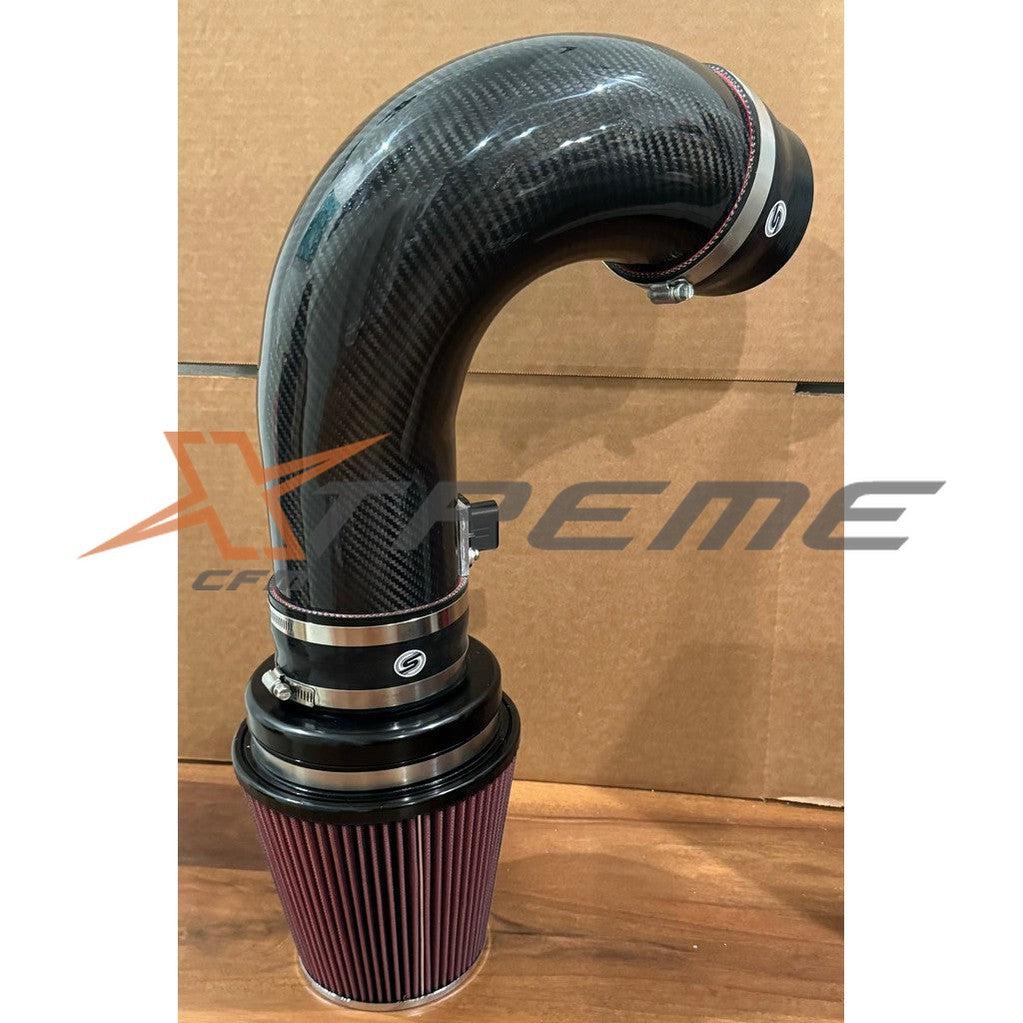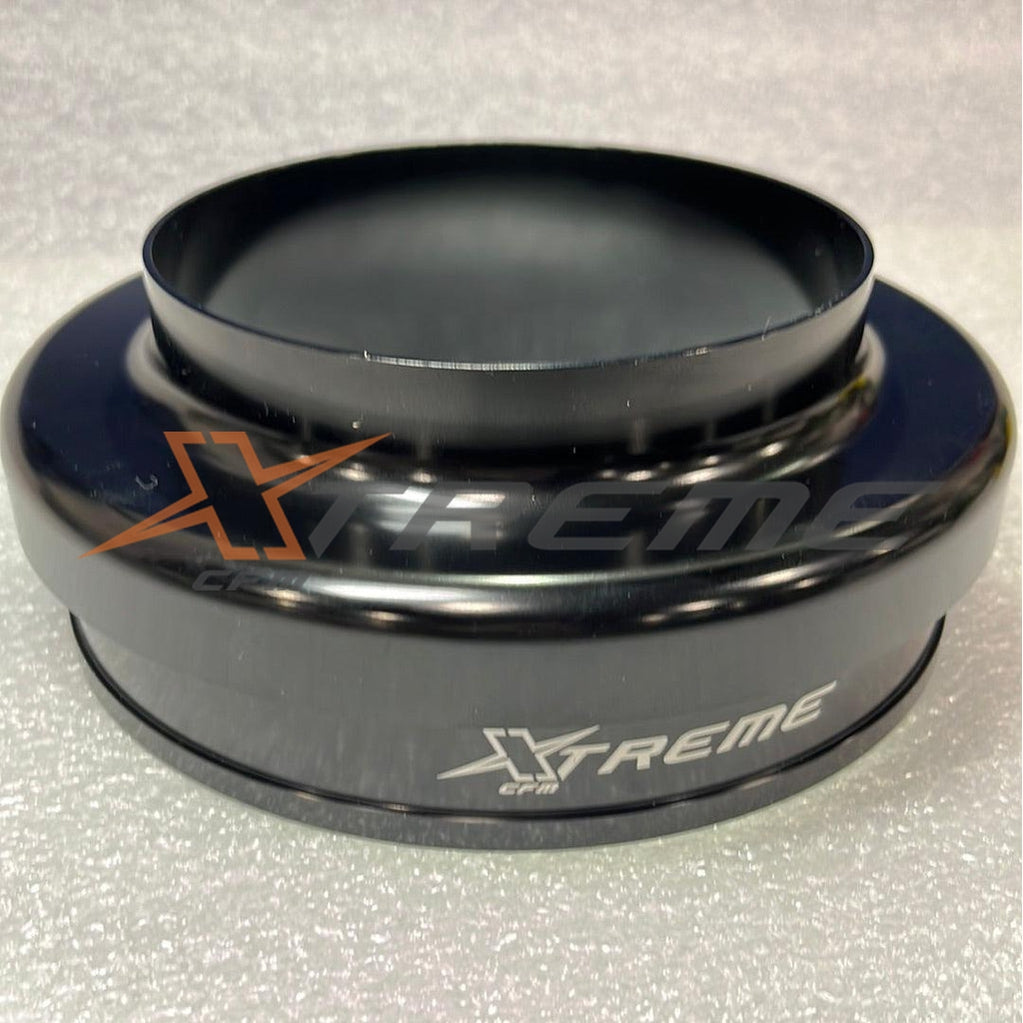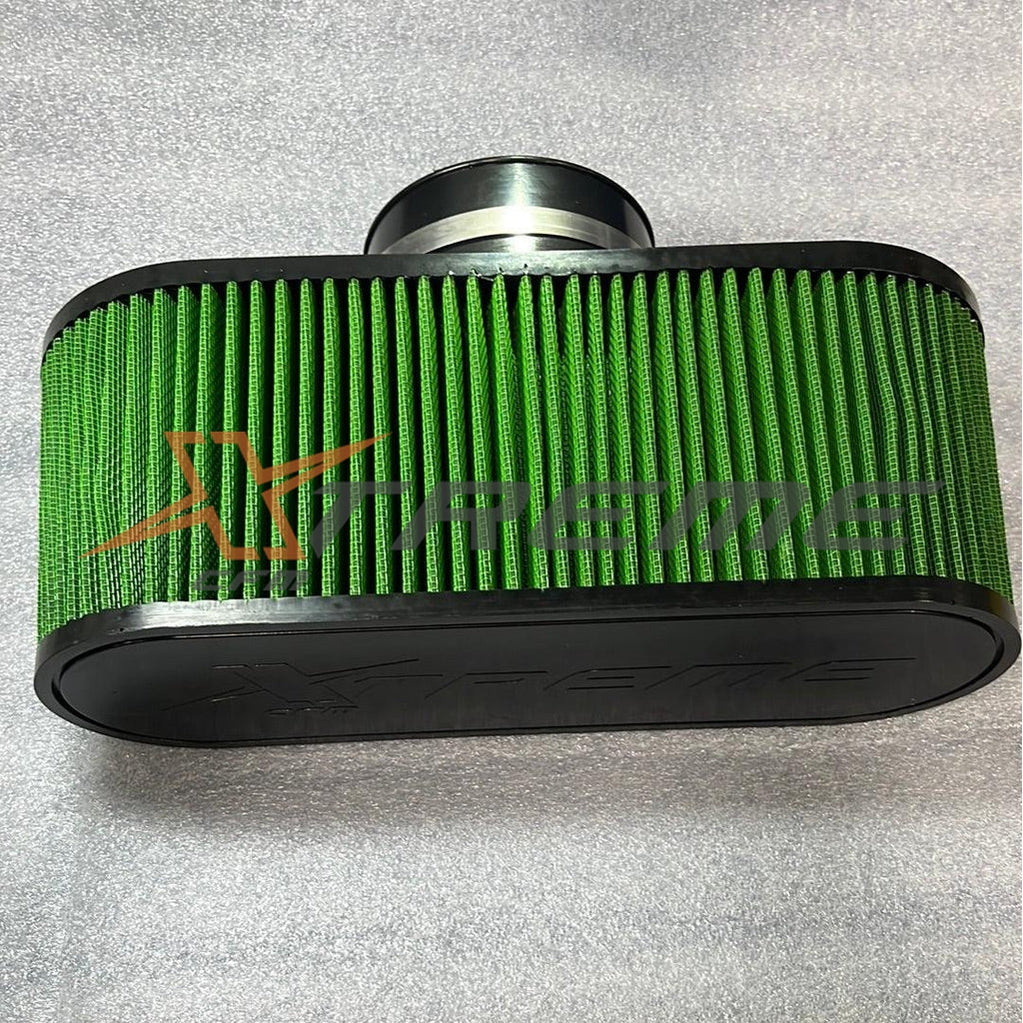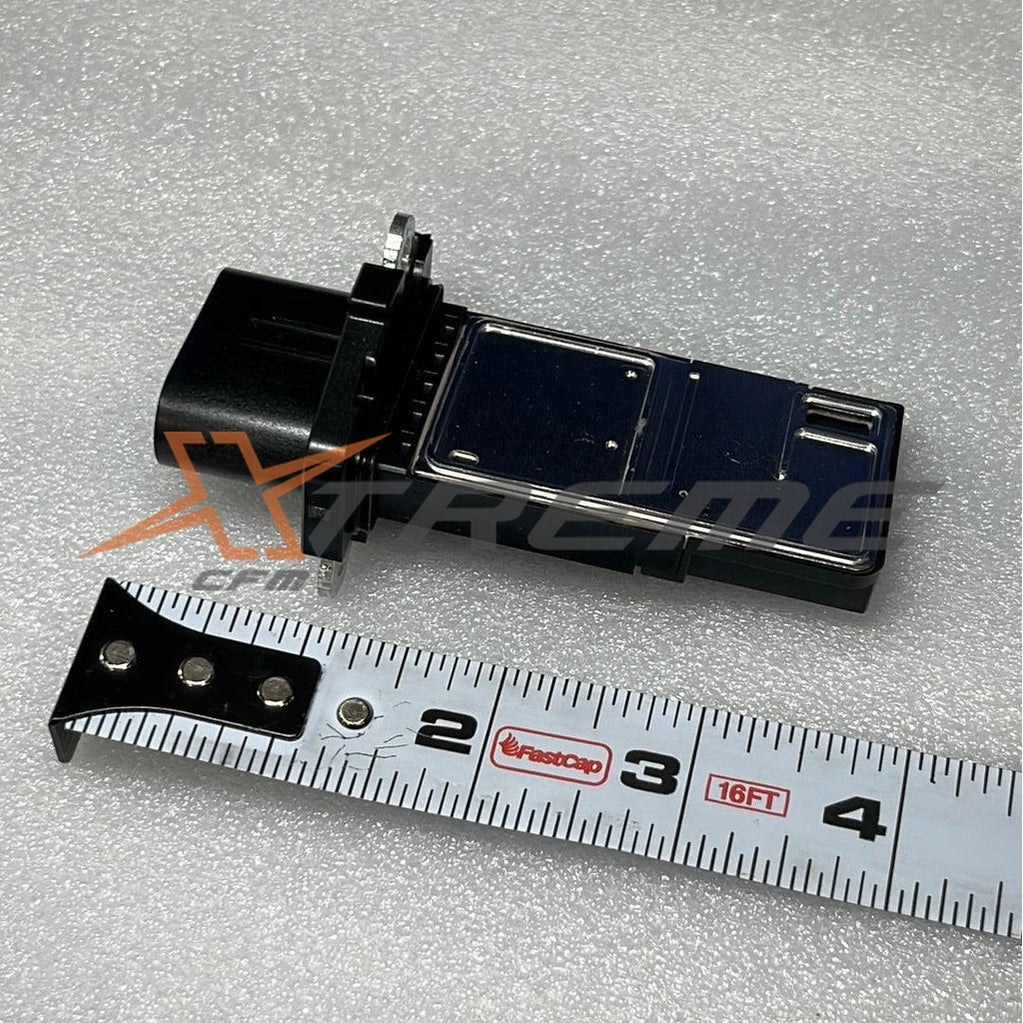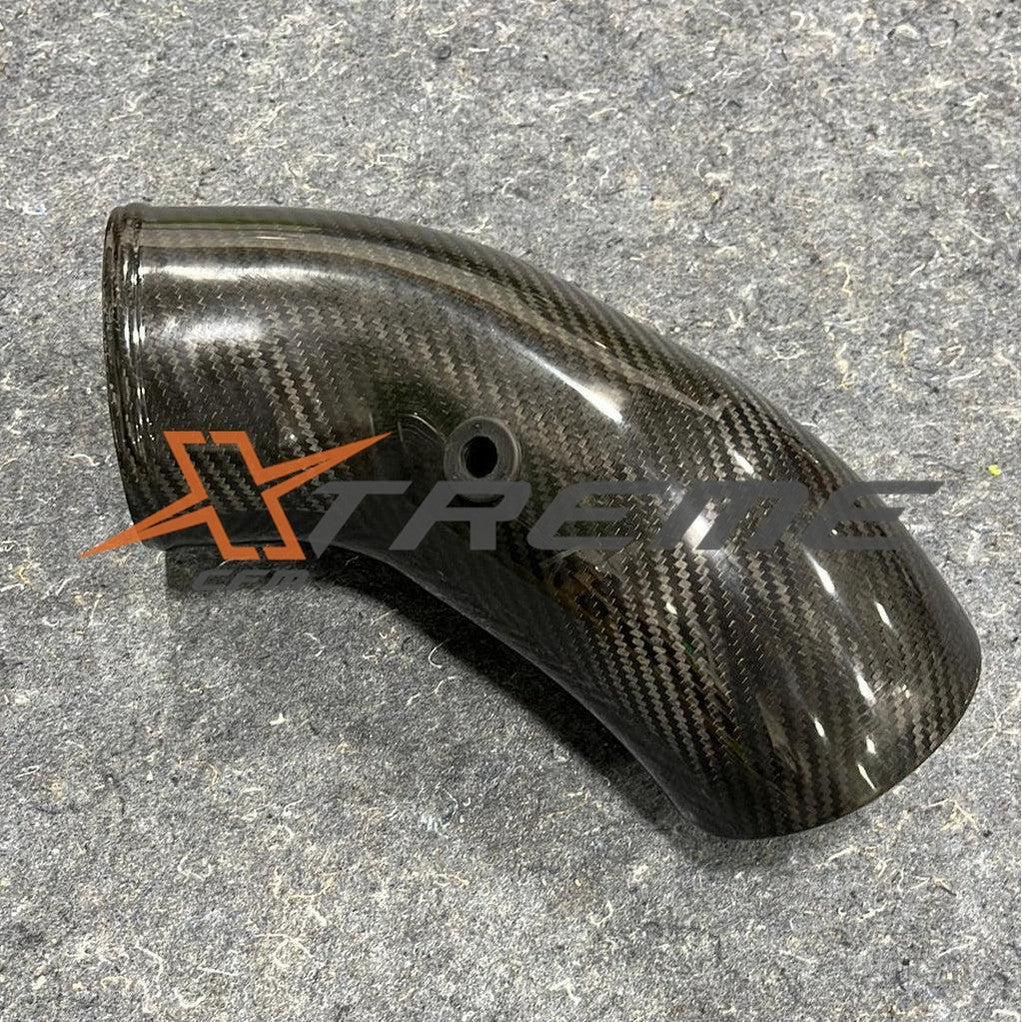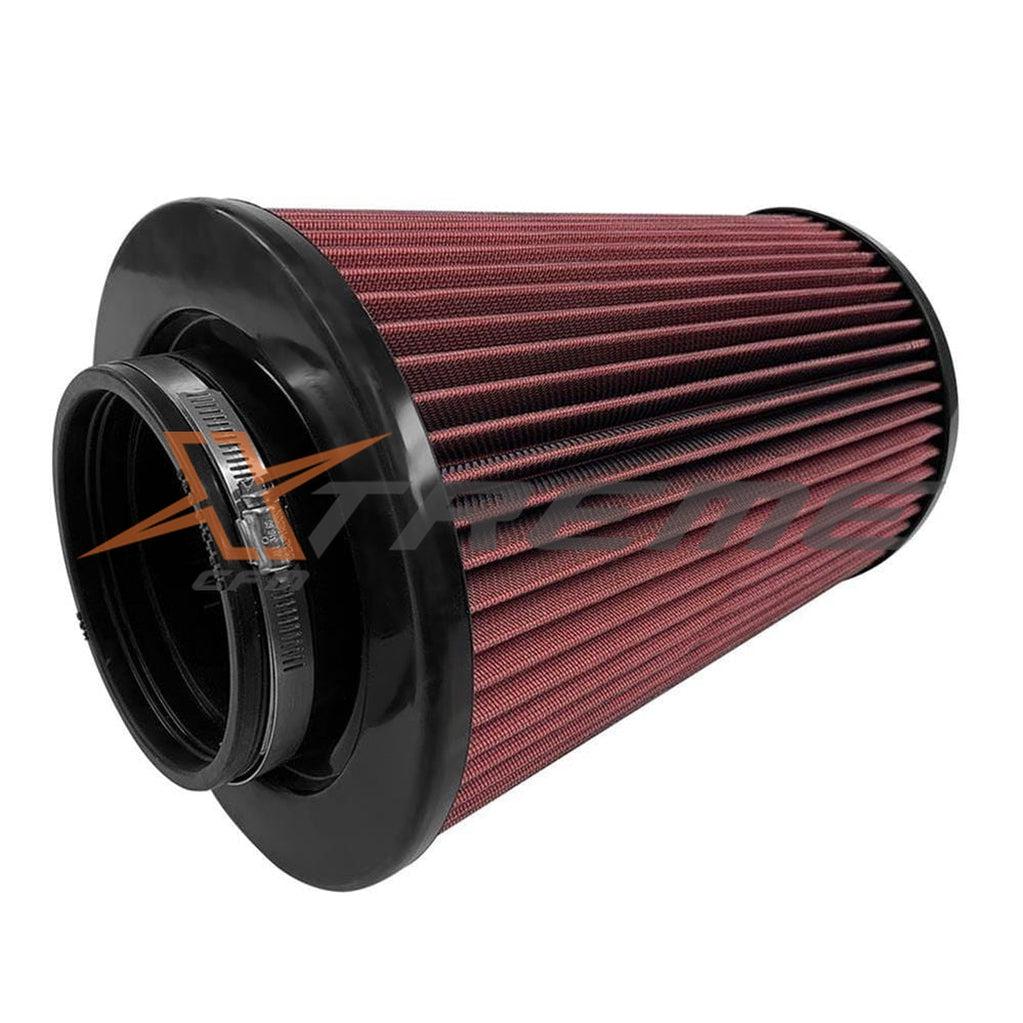
The Art of Airflow: Velocity Stacks and Their Role in High-Performance Engines
Get ready to dive into the world of velocity stacks! This journey will take you through their fascinating history, their crucial role in internal combustion engines, and why every modern cold air intake should be equipped with a velocity stack. So, buckle up and let's get started!
A Trip Down Memory Lane: The History of Velocity Stacks
The origin of velocity stacks can be traced back to the early days of internal combustion engines. These ingenious devices were first used in carbureted engines, where they played a crucial role in optimizing the air-fuel mixture. Velocity stacks were designed to enhance the airflow entering the carburetor, ensuring a smooth, consistent, and powerful air supply for the engine. Over time, as automotive technology advanced, velocity stacks found their way into fuel-injected engines, offering even more impressive performance gains.
The Science of Speed: How Velocity Stacks Work
At their core, velocity stacks are all about improving airflow into the engine. These funnel-shaped devices, also known as intake trumpets, are designed to accelerate the air entering the intake manifold. The smooth, curved shape of a velocity stack helps reduce turbulence and increase the air velocity, which translates into more efficient combustion and improved engine performance.
In high-performance engines, the precise tuning of air intakes is crucial for extracting maximum power. The use of velocity stacks helps achieve this goal by optimizing the air-fuel mixture, enabling the engine to produce more horsepower and torque.
The Modern Marvel: Velocity Stacks and Cold Air Intakes
In today's high-performance vehicles, cold air intakes play a pivotal role in enhancing engine power. Cold air intakes draw cooler, denser air from outside the engine bay, providing a richer oxygen supply for combustion. This results in increased horsepower and improved throttle response.
But what role do velocity stacks play in modern cold air intakes? The answer lies in their ability to fine-tune the airflow. By incorporating a velocity stack into the design of a cold air intake, it's possible to achieve even better performance gains. The velocity stack smooths out the incoming air, reducing turbulence and ensuring a consistent, powerful air supply.
The Case for Velocity Stacks: Why They're Essential in Today's High-Performance Engines
In the world of high-performance engines, every detail matters. The use of velocity stacks in cold air intakes offers several key benefits:
-
Increased Airflow: The smooth, funnel-shaped design of a velocity stack accelerates the air entering the intake manifold, leading to more efficient combustion and improved engine performance.
-
Reduced Turbulence: Velocity stacks help eliminate turbulence in the incoming air, ensuring a consistent, powerful air supply for the engine.
-
Optimized Air-Fuel Mixture: By improving the quality and consistency of the incoming air, velocity stacks enable the engine control unit (ECU) to fine-tune the air-fuel mixture for maximum power and efficiency.
-
Enhanced Throttle Response: With a smoother, more consistent air supply, engines equipped with velocity stacks and cold air intakes benefit from improved throttle response and increased horsepower.
To sum it up, velocity stacks play a vital role in maximizing the performance of modern cold air intakes. Their ability to optimize airflow, reduce turbulence, and fine-tune the air-fuel mixture makes them indispensable in the world of high-performance engines.
So, if you're looking to unleash your vehicle's full potential, don't overlook the importance of incorporating a velocity stack into your cold air intake system. By doing so, you'll be tapping into a long history of automotive innovation and harnessing the power of cutting-edge technology to take
- Choosing a selection results in a full page refresh.


